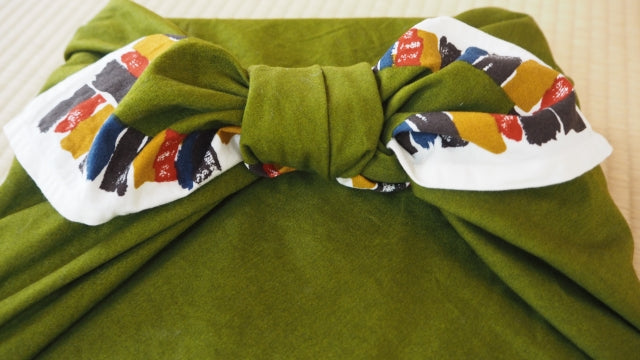
Knotting in Japanese Culture: Integrating Tradition into Daily Life
Knots are a common sight in modern life, often seen as accessories like pendants, brooches, earrings, or as decorations in rooms and entrances. However, knots have long been a part of daily wisdom, used in the creation of dwellings, hunting tools, and farming implements. Even today, they are indispensable in outdoor activities like setting up tents, climbing, and sailing.
In ancient times, people believed that the divine will resided in knots, making them objects of reverence. In Japan, with the introduction of Buddhism, decorative knotting techniques, such as the flower knot, were used to adorn Buddhist altars, leading to the flourishing of various decorative knotting traditions. It was believed that hanging a knotted ornament in a room could ward off evil spirits, and wearing one could invite happiness.
In modern times, it is understandable why knots continue to be cherished as accessories and decorations. In the world of tea ceremonies, the knots used to secure tea utensil pouches served as a kind of lock, preventing poison from being mixed into the tea. Knots were not just decorative but also served practical purposes.
However, in contemporary Japan, knots are primarily seen in traditional settings like shrines, temples, Buddhist monks' robes, festival floats, tea ceremonies, kabuki theater, and sumo wrestling. They seem to be less prevalent in everyday life.
Yet, there is one area where knots remain relevant in daily life: the use of furoshiki. The "true knot" used in furoshiki is a practical knot that is easy to tie securely and can be effortlessly untied. Once learned, it can also be quite handy in outdoor settings.
The charm of furoshiki lies in its ability to bring these traditional knots into everyday life. By incorporating furoshiki into your daily routine, you can add a touch of beauty and tradition to your life. Holding a furoshiki in your hands means embracing a part of Japan's rich knotting culture. Why not explore the world of furoshiki and see how it can enhance your daily life?
